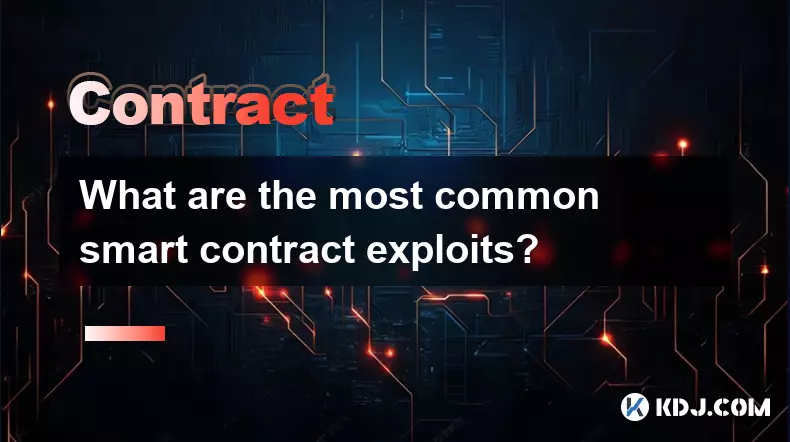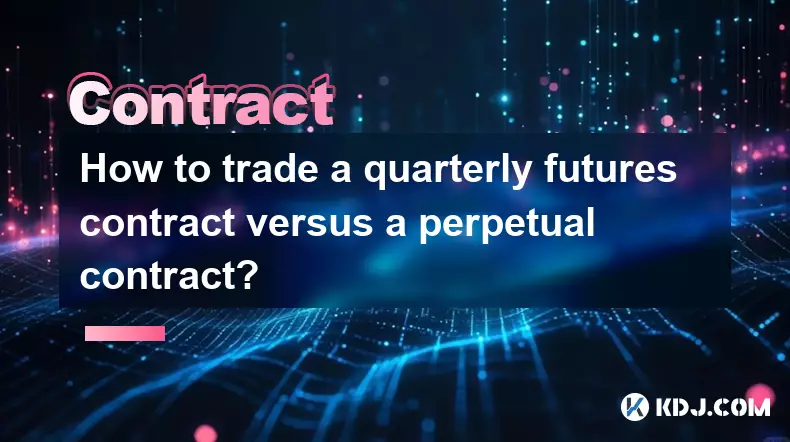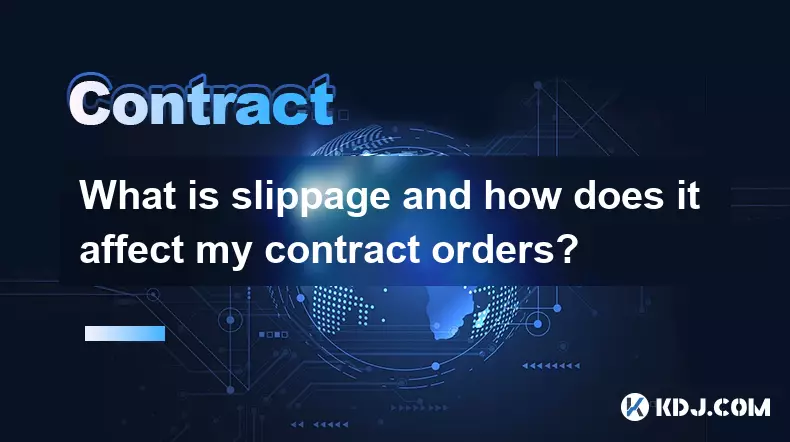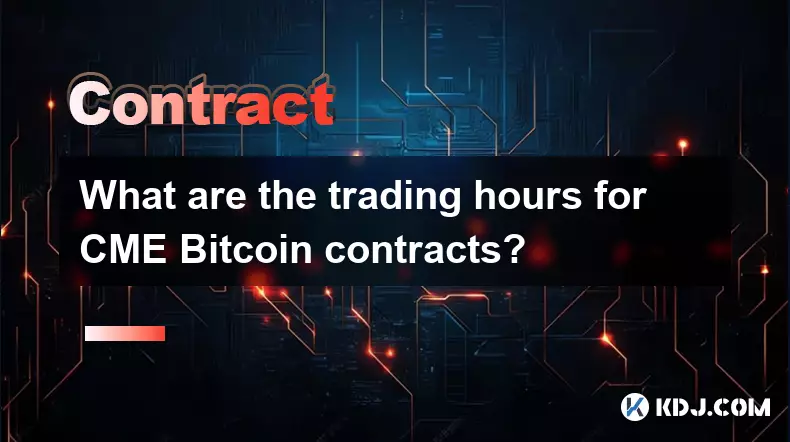-
 bitcoin
bitcoin $103094.926080 USD
3.95% -
 ethereum
ethereum $3398.208576 USD
6.43% -
 tether
tether $0.999971 USD
-0.04% -
 xrp
xrp $2.326205 USD
9.96% -
 bnb
bnb $947.145845 USD
4.46% -
 solana
solana $160.315987 USD
7.54% -
 usd-coin
usd-coin $1.000014 USD
0.01% -
 tron
tron $0.288163 USD
2.37% -
 dogecoin
dogecoin $0.164881 USD
5.50% -
 cardano
cardano $0.536519 USD
7.14% -
 hyperliquid
hyperliquid $40.526327 USD
6.62% -
 chainlink
chainlink $14.898178 USD
5.68% -
 bitcoin-cash
bitcoin-cash $483.923206 USD
4.44% -
 ethena-usde
ethena-usde $0.999280 USD
0.02% -
 stellar
stellar $0.276354 USD
6.32%
What are the most common smart contract exploits?
Reentrancy attacks exploit untrusted external calls, as seen in the $60M DAO hack, where funds were drained before balances updated.
Nov 06, 2025 at 05:25 am

Reentrancy Attacks
1. Reentrancy attacks occur when a malicious contract repeatedly calls back into a vulnerable contract before the initial execution completes. This exploit takes advantage of external calls that transfer control to untrusted code.
2. A famous example is the DAO hack in 2016, where an attacker drained over $60 million by recursively withdrawing funds before the balance was updated.
3. These attacks often target functions that send Ether or tokens and do not follow the checks-effects-interactions pattern.
Implementing reentrancy guards or using the withdrawal pattern instead of direct transfers can mitigate this risk significantly.Integer Overflow and Underflow
1. Smart contracts written in Solidity versions prior to 0.8.0 did not automatically check for arithmetic overflows or underflows, allowing attackers to manipulate balances.
2. An overflow happens when a number exceeds its maximum value and wraps around to zero; an underflow occurs when it drops below zero and wraps to the maximum.
3. In 2018, the BeautyChain token lost millions due to an integer overflow in its transfer function, enabling attackers to generate massive token amounts.
Using SafeMath libraries or upgrading to Solidity 0.8.0+, where overflow checks are built-in, prevents these vulnerabilities.Front-Running (Transaction Ordering Dependence)
1. Front-running occurs when miners or bots observe pending transactions in the mempool and submit their own transactions with higher gas fees to execute first.
2. This is especially prevalent in decentralized exchanges and auctions, where timing impacts financial outcomes.
3. For instance, if a user places a large buy order, a bot can detect it and purchase the asset just before, then sell at a higher price immediately after.
Using commit-reveal schemes or off-chain signing with on-chain finalization helps reduce exposure to front-running.Unprotected Upgradeability and Ownership
1. Many smart contracts include upgradeable patterns using proxies, but improper access control can allow malicious upgrades.
2. If ownership privileges are not properly managed, a single compromised key can lead to total contract takeover.
3. There have been cases where developers retained excessive control, leading to rug pulls or unauthorized fund withdrawals.
Limiting admin functions, implementing multi-signature wallets, and transparent governance mechanisms enhance security.Phishing and Fake Token Deployments
1. Attackers deploy counterfeit tokens with names and symbols mimicking popular projects to deceive users.
2. These tokens often appear in decentralized exchange listings, tricking traders into swapping real assets for worthless ones.
3. Some fake tokens exploit interface bugs in wallet software, displaying incorrect balances or enabling automatic approvals.
Verifying contract addresses through official channels and using trusted token lists reduces the risk of interacting with fraudulent tokens.Frequently Asked Questions
What is a flash loan attack?A flash loan attack leverages uncollateralized loans from DeFi protocols to manipulate market conditions temporarily. Attackers borrow large sums, execute trades to influence prices or exploit logic flaws, then repay the loan within the same transaction—all while keeping the profit.
How can I verify if a smart contract has been audited?Check the project’s official website or GitHub repository for audit reports from reputable firms like CertiK, OpenZeppelin, or PeckShield. Cross-reference the deployed contract address with the one listed in the audit documentation.
Why are proxy contracts risky?Proxy contracts separate logic and storage, enabling upgrades. However, if the admin implementation is compromised or poorly designed, attackers can redirect the logic to malicious code, effectively taking over the entire system without changing the main contract address.
Can a smart contract be patched after deployment?Immutable contracts cannot be altered once deployed. For upgradable contracts, developers use proxy patterns to change logic while preserving data. Any patch must follow strict governance and security validation to avoid introducing new vulnerabilities.
Disclaimer:info@kdj.com
The information provided is not trading advice. kdj.com does not assume any responsibility for any investments made based on the information provided in this article. Cryptocurrencies are highly volatile and it is highly recommended that you invest with caution after thorough research!
If you believe that the content used on this website infringes your copyright, please contact us immediately (info@kdj.com) and we will delete it promptly.
- Bitcoin's Dip Below $100K: Expert Says 'No Panic' – Just a Healthy Reset
- 2025-11-06 14:35:01
- Ripple's $500M Raise: Is the $40B Valuation a Nod to XRP's Future?
- 2025-11-06 12:55:01
- Crypto Funds, VC Investing, and Principal Loss: A New York Minute on Fee Structures and Fund Size
- 2025-11-06 14:50:02
- Bitcoin, Crypto, Ethereum: Trump's Promise, Social Sentiment & Institutional Adoption
- 2025-11-06 13:25:01
- Dogecoin, Musk, and Moonshots: Decoding the Price Predictions
- 2025-11-06 13:10:01
- Poain BlockEnergy: Pioneering Stability in the Multi-Chain Crypto Landscape
- 2025-11-06 13:10:01
Related knowledge

How to trade a quarterly futures contract versus a perpetual contract?
Nov 06,2025 at 06:44am
Understanding the Core Differences Between Quarterly and Perpetual Contracts1. Quarterly futures contracts have a fixed expiration date, typically set...

How to understand the liquidation engine for a crypto contract?
Nov 06,2025 at 09:05am
Understanding the Role of Liquidity Pools in Decentralized Finance1. Liquidity pools are foundational components within decentralized exchanges (DEXs)...

How to use a demo account to practice trading contracts?
Nov 06,2025 at 08:55am
Understanding the Purpose of a Demo Account in Contract Trading1. A demo account allows traders to simulate real market conditions without risking act...

What is slippage and how does it affect my contract orders?
Nov 06,2025 at 05:14am
Understanding Slippage in Cryptocurrency Trading1. Slippage refers to the difference between the expected price of a trade and the actual price at whi...

What are the trading hours for CME Bitcoin contracts?
Nov 06,2025 at 02:59pm
Understanding CME Bitcoin Futures Trading Schedule1. The CME Group offers Bitcoin futures contracts that trade nearly around the clock, aligning close...

How to verify a smart contract on the blockchain?
Nov 06,2025 at 01:37pm
Understanding Smart Contract Verification1. Smart contract verification is the process of confirming that the source code of a smart contract matches ...

How to trade a quarterly futures contract versus a perpetual contract?
Nov 06,2025 at 06:44am
Understanding the Core Differences Between Quarterly and Perpetual Contracts1. Quarterly futures contracts have a fixed expiration date, typically set...

How to understand the liquidation engine for a crypto contract?
Nov 06,2025 at 09:05am
Understanding the Role of Liquidity Pools in Decentralized Finance1. Liquidity pools are foundational components within decentralized exchanges (DEXs)...

How to use a demo account to practice trading contracts?
Nov 06,2025 at 08:55am
Understanding the Purpose of a Demo Account in Contract Trading1. A demo account allows traders to simulate real market conditions without risking act...

What is slippage and how does it affect my contract orders?
Nov 06,2025 at 05:14am
Understanding Slippage in Cryptocurrency Trading1. Slippage refers to the difference between the expected price of a trade and the actual price at whi...

What are the trading hours for CME Bitcoin contracts?
Nov 06,2025 at 02:59pm
Understanding CME Bitcoin Futures Trading Schedule1. The CME Group offers Bitcoin futures contracts that trade nearly around the clock, aligning close...

How to verify a smart contract on the blockchain?
Nov 06,2025 at 01:37pm
Understanding Smart Contract Verification1. Smart contract verification is the process of confirming that the source code of a smart contract matches ...
See all articles























![[4K 60fps] Morcee by DTMaster09 (1 Coin) [4K 60fps] Morcee by DTMaster09 (1 Coin)](/uploads/2025/11/06/cryptocurrencies-news/videos/690bf31847bc1_image_500_375.webp)


















































